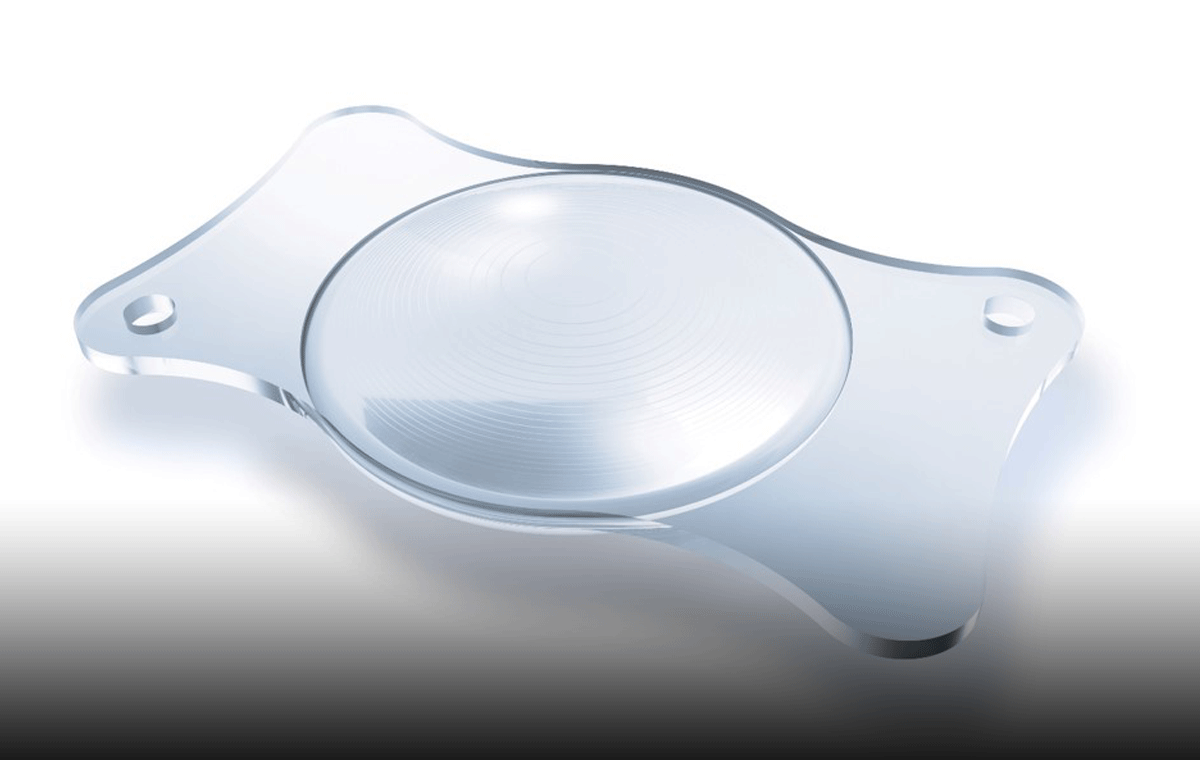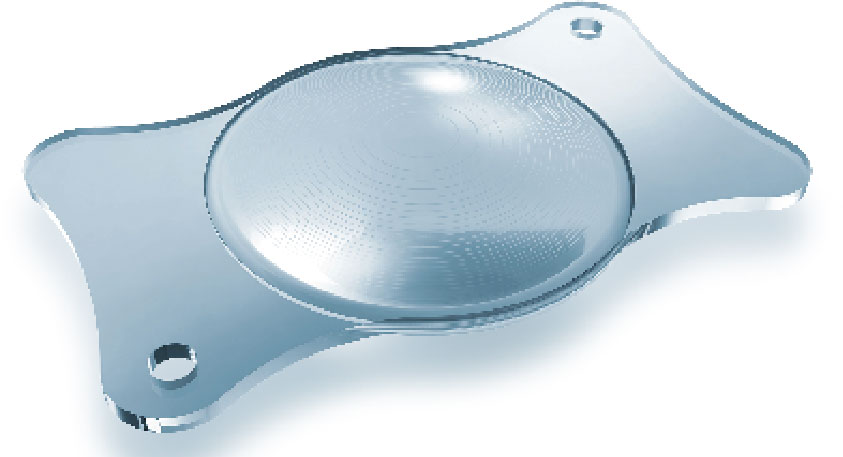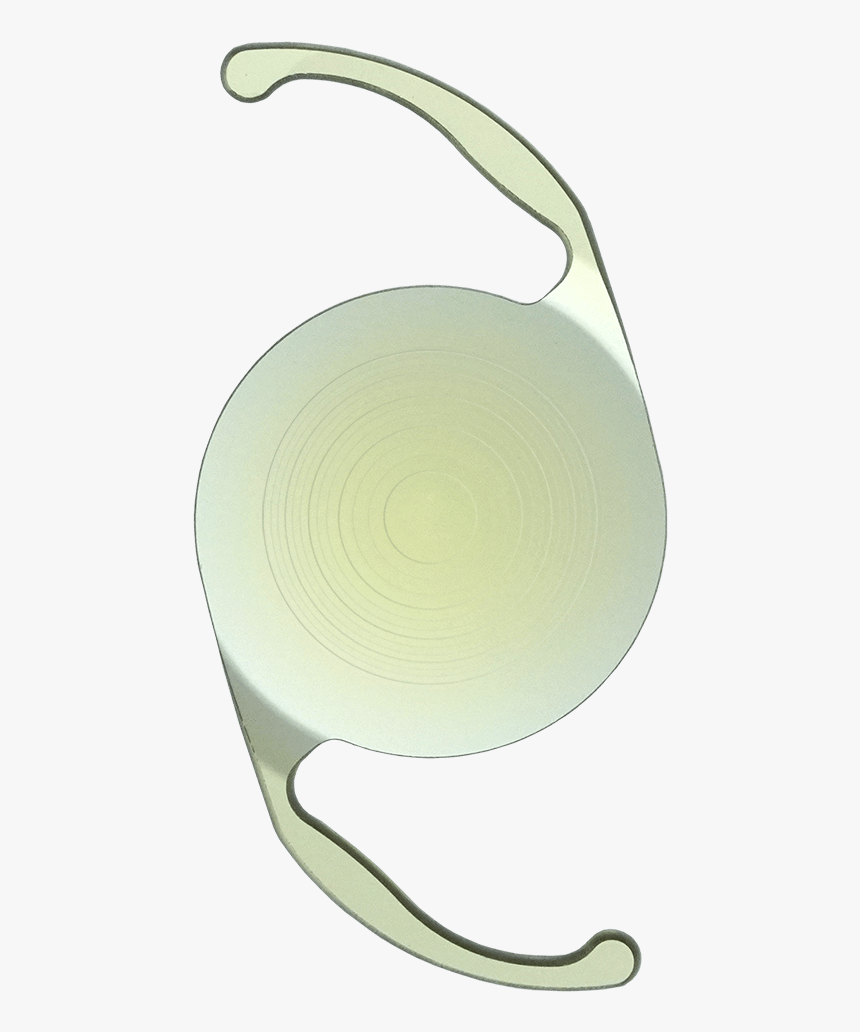Trifocal lenses for near intermediate and distant vision
Trifocal lenses
These latest-generation lenses are called trifocals because they offer clear vision at intermediate distances, which is generally anything at arm’s length [for laptops, computers, vehicle dashboards etc.] This is in addition to providing near and far vision.
What’s more, trifocal lenses allow a person to switch effortlessly between all three distances – near (reading) distance, long distance and the in between distances. Vision is clear at all those points – something the previous multifocal IOLs couldn’t achieve.That is why more and more patients are choosing these lenses for correction of presbyopia [which involves the gradual loss of the eye’s ability to focus on close objects, such as smart phones, computers, books and menus as one ages more than 40 years]
Cataract patients nowadays have very high expectations concerning their visual performance after IOL implantation. Wishing to maintain their active lifestyle into high age, they require a solution that enables them to perform most daily activities without visual aids. The latest leading trifocal technology t allows you to offer our patients maximum spectacle independence.
Artificial lens implants have been part of modern eye surgery for many decades. Referred to by surgeons as intraocular lenses (IOLs), these tiny implants replace the natural lens of the eye, which is removed during cataract surgery.
However, these lenses are being used more frequently as a primary vision correction procedure for people in the 55+ age range[presbyopic age..see at the end what is presbyopia], as they would not benefit from laser eye surgery to free them from glasses.
Designed to replace the natural focusing power of the eye, early artificial lenses were limited in their ability to adjust vision from one distance to another. Today, lens technology has improved to the point where over 55-year-olds can be virtually free from glasses.
Multifocal lenses ….Bifocal vs Trifocal lenses
For the past five or so years, the range of multifocal lenses has increased significantly. These were developed to contain more than one lens power in order to restore a fuller range of clear vision – that is, at distance, intermediate and near vision.
However, bifocal lenses weren’t suitable for all patients because they sometimes came with compromises, including less than perfect mid-range (intermediate) vision [for laptops ,computers,vehicle dashboards etc.] and the possibility of glare and haloes at night.
Many eye surgeons are now making way for the newest generation of IOLs. Lens designers have introduced trifocal lenses, which aim to provide better quality vision at all distances, with less compromise.
Trifocal lenses
These latest-generation lenses are called trifocals because they offer clear vision at intermediate distances, which is generally anything at arm’s length [for laptops, computers, vehicle dashboards etc.] This is in addition to providing near and far vision.
What’s more, trifocal lenses allow a person to switch effortlessly between all three distances – near (reading) distance, long distance and the in between distances. Vision is clear at all those points – something the previous multifocal IOLs couldn’t achieve.
When would a surgeon use TRIFOCAL lens?
These tiny lenses are used to replace the natural lens of your eye. In most cases, this is during a cataract procedure. However, more and more people are having this surgery because they want to get rid of their glasses.
If you’re in the age group requiring near glasses to read and wearing multifocal glasses or switching between different pairs of glasses to see properly, you may be a candidate for a trifocal IOL.
Are all trifocal lenses the same?
These may be the very latest technical advances, but they represent many years of development. Several major suppliers have been working on their own version of trifocal lenses for quite a while now.
Many surgeons expect trifocal lenses to be the future of customised vision. The results their patients are experiencing are encouraging, and more and more surgeons are now confident enough to offer trifocal lenses to cataract patients.
Common trifocal lenses available are ZEISS AT LISA tri [GERMANY],
ALCON PAN OPTIX [USA],
Biotech OPTIFLEX TRIO [Ireland] Trifocal IOLs*
Zeiss trifocal lens
Alcon acrysof IQ PanOptix
What if I don’t have cataracts?
If you want to reduce your dependency on glasses due to presbyopia and aren’t suitable for laser eye surgery (most likely because you’re now in your 50s, 60s or even older), help is possibly at hand. A surgeon can remove your natural lens and insert the trifocal lens for improved visual results. On top of that, you’ll have removed any risk of developing a cataract in that eye.
About Presbyopia
Presbyopia is a common, age-related vision condition in which people have difficulty focusing on things up close. It involves the gradual loss of the eye’s ability to focus on close objects, such as smart phones, computers, books and menus.Almost everyone will experience presbyopia to some degree as they age, with symptoms often first appearing as an individual enters their 40s and continues to worsen into their 60s.The condition is not a disease, so it cannot be cured; however, there are safe and effective ways to correct presbyopia, including eye glasses, contact lenses or refractive surgery.
*Disclaimer …No personal financial interests.This page information is purely for educational /awareness perposes.Consult your doctor for pros and cons before surgery


